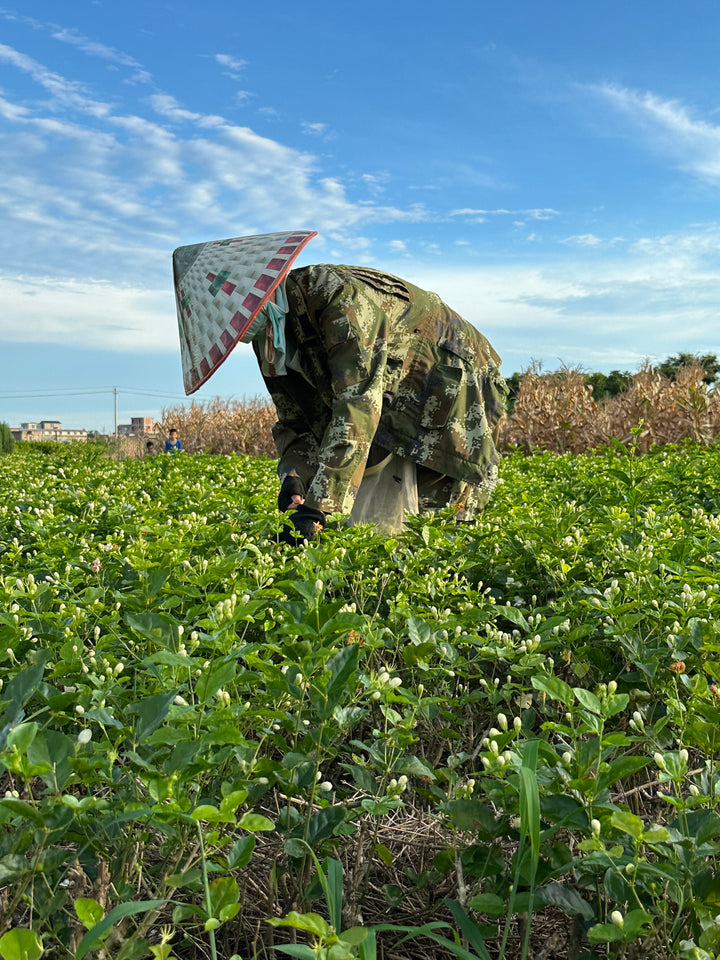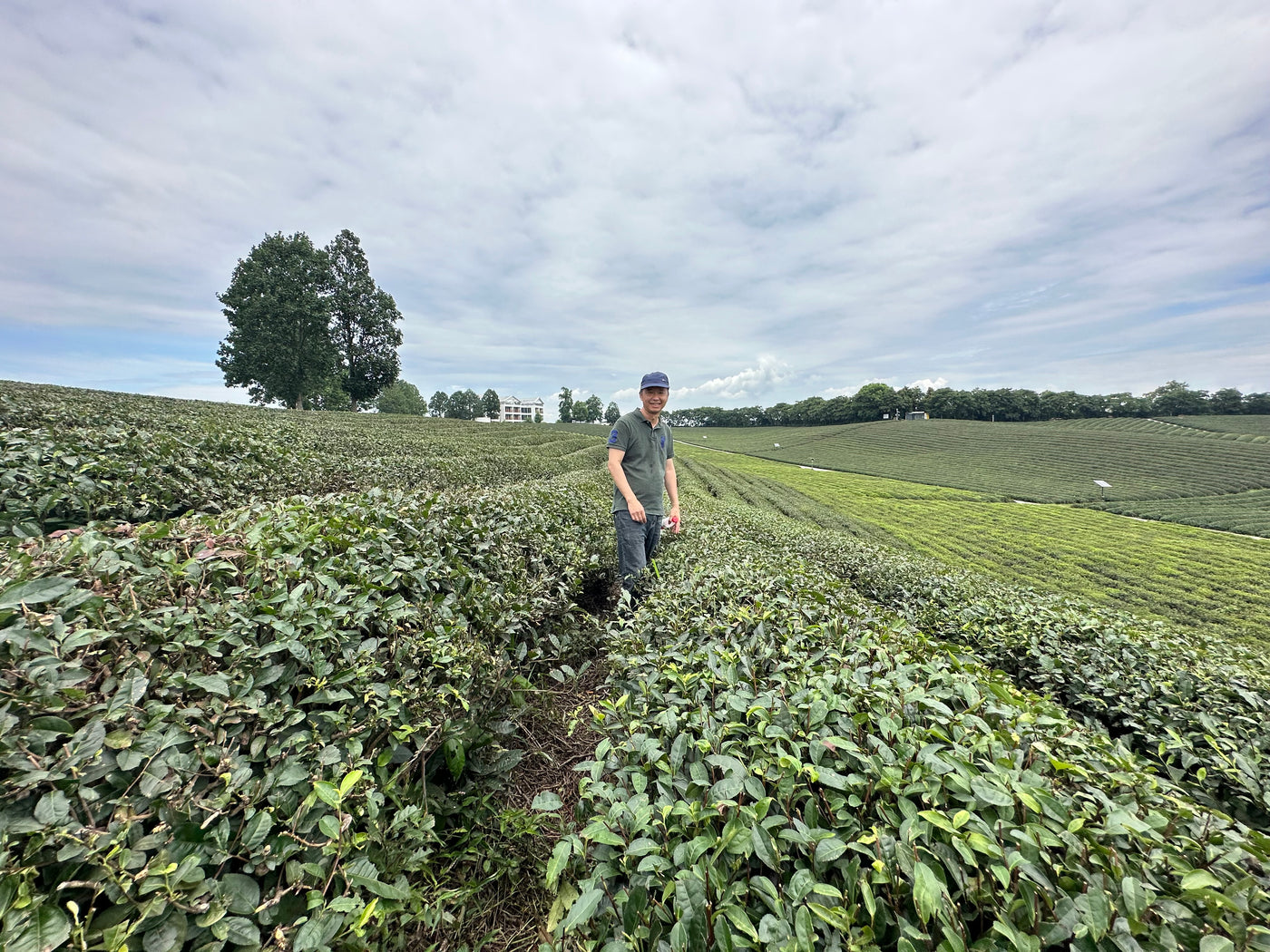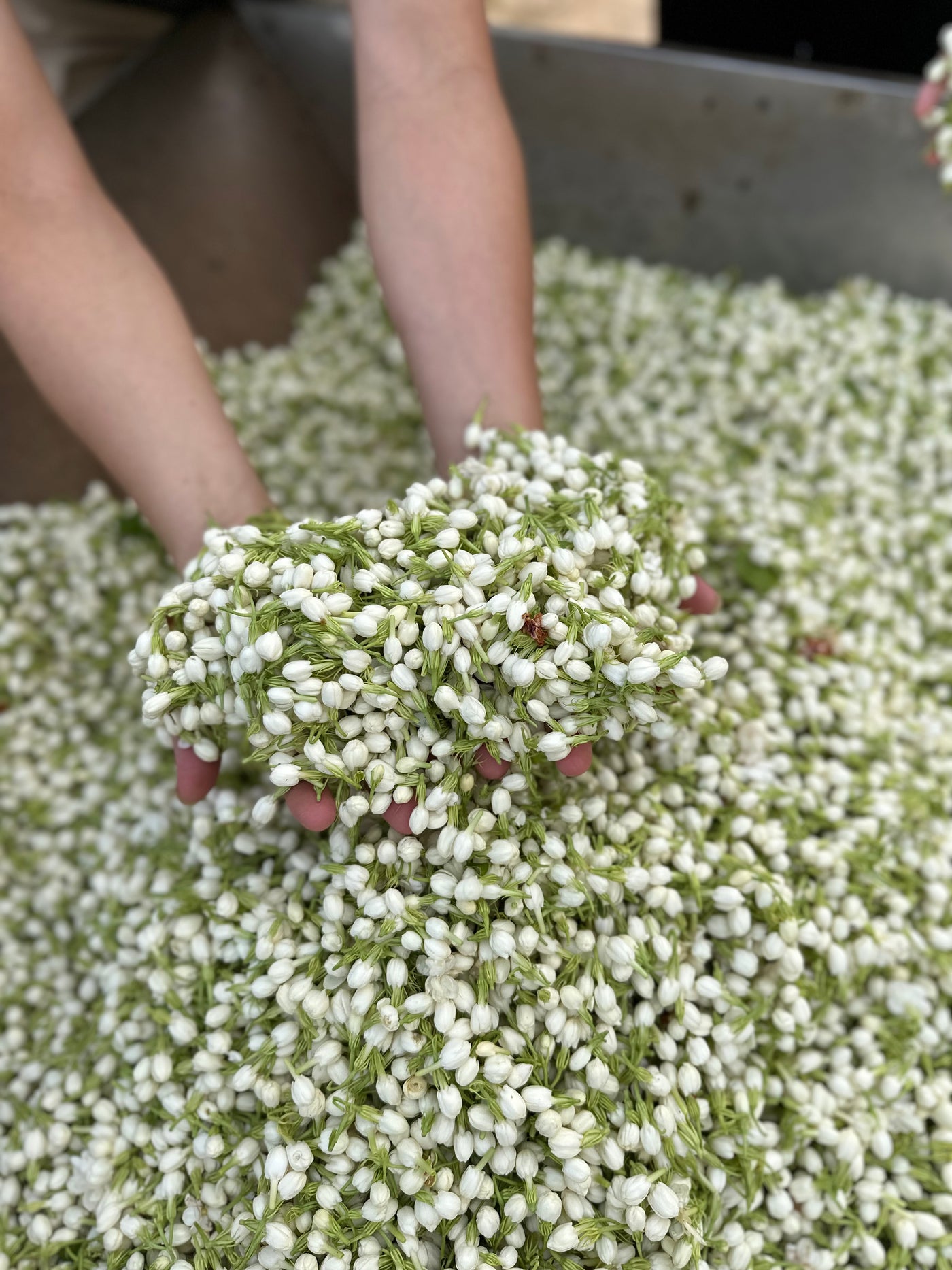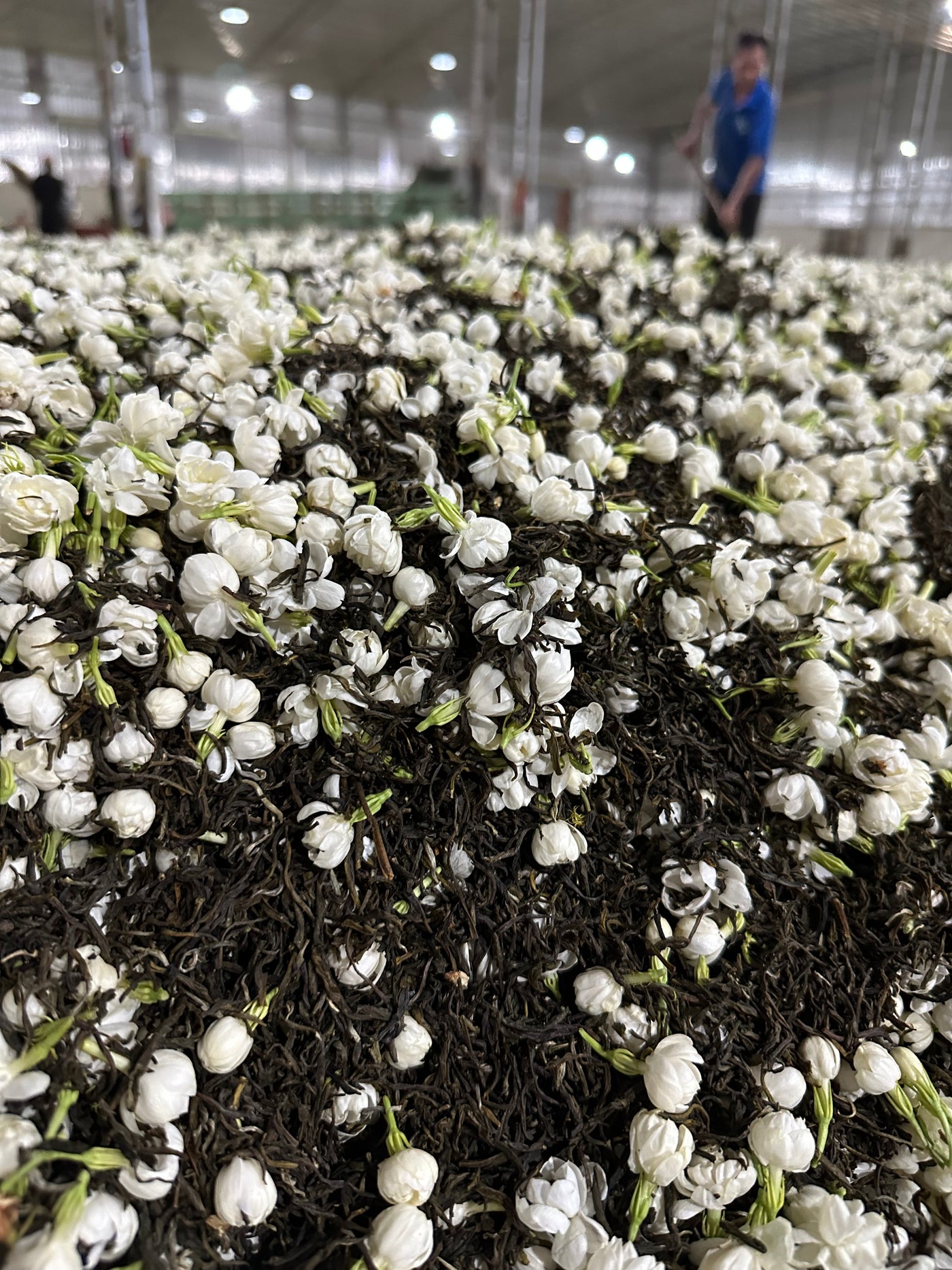Jasmine tea has withstood the test of time to become one of the most beloved and ubiquitous beverages in history. Transportive, tropical, and distinct, this well-loved tea has been a cornerstone of China’s teamaking legacy for almost a thousand years, first appearing on the scene during the Song Dynasty (960-1127 CE), an era of tremendous tea innovation (not unlike today). Yet, despite its global popularity, jasmine tea is often misunderstood. The process required to make this tea is not often observed, but during a three-week visit to China in July 2023, two of Smith’s top teamakers had the chance to witness the surprising creation of this subtle tea firsthand.
Gifting has never been easier.
Enter your message, then select when and how to send it (email or SMS).






